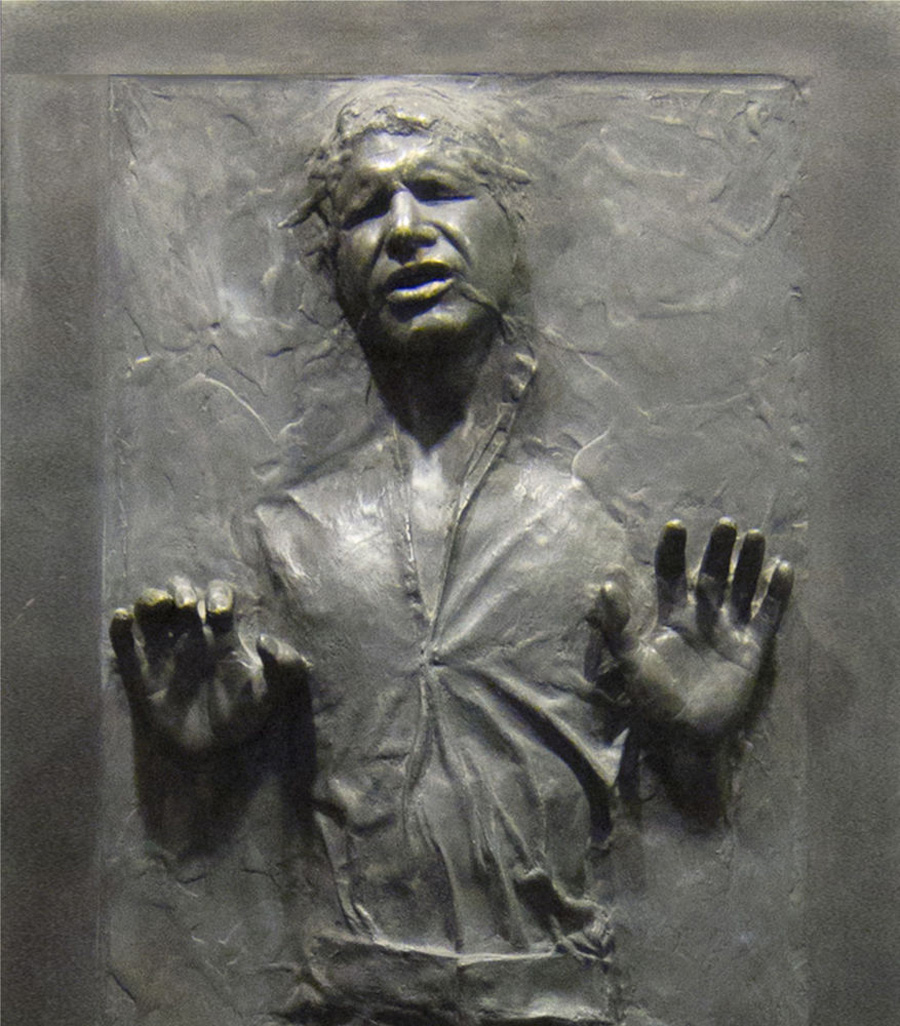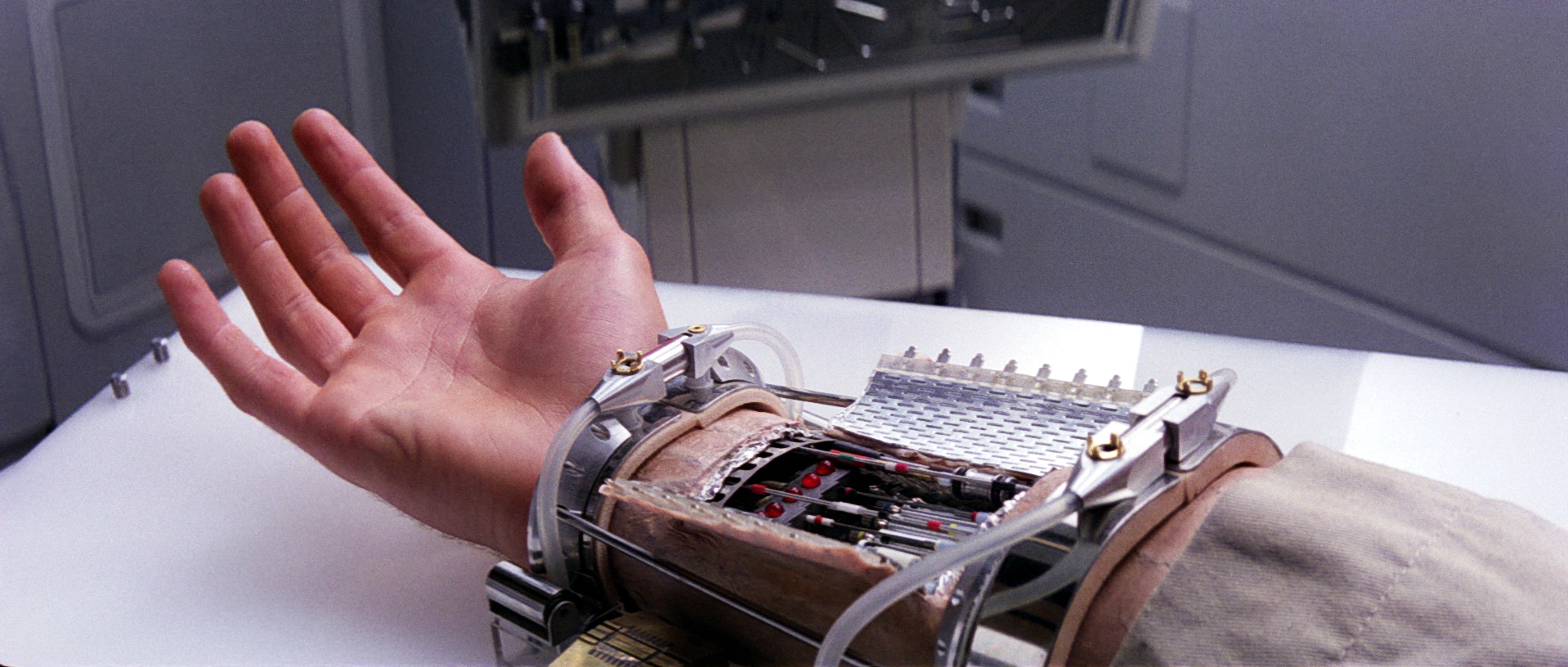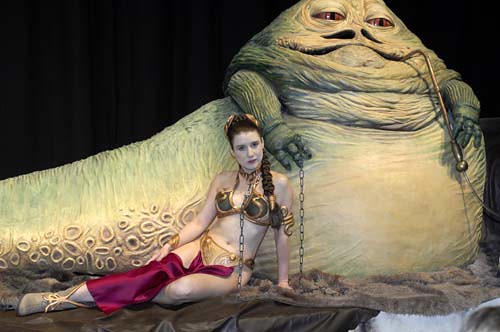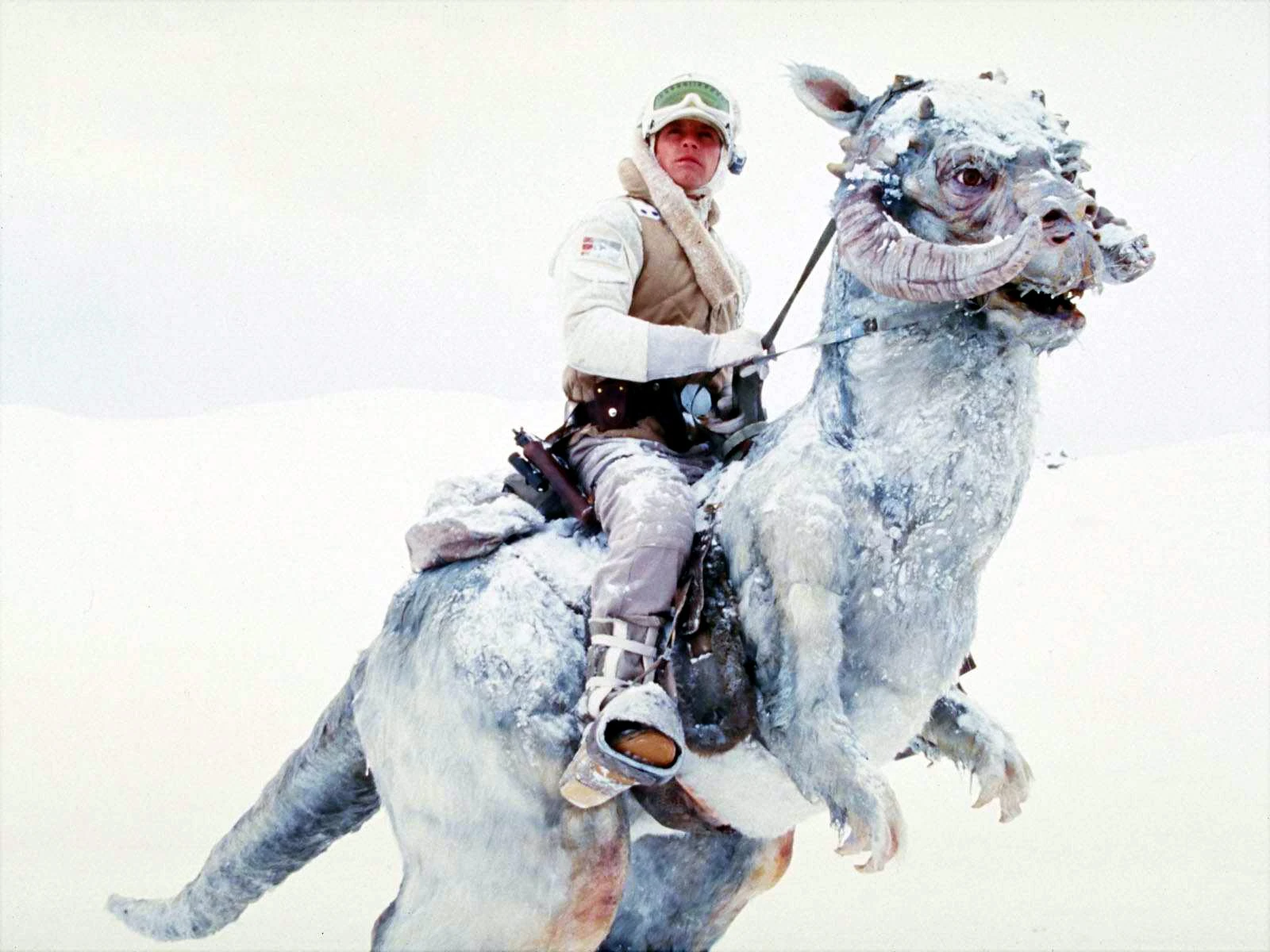 |
The Art of Insight
in Science and Engineering,
by Sanjoy Mahajan. |
I recently read
The Art of Insight in Science and Engineering, by
Sanjoy Mahajan (MIT Press, 2014). The Preface begins:
Science and engineering, our modern ways of understanding and altering the world, are said to be about accuracy and precision. Yet we best master the complexity of our world by cultivating insight rather than precision.
We need insight because our minds are but a small part of the world. An insight unifies fragments of knowledge into a compact picture that fits in our minds. But precision can overflow our mental registers, washing away the understanding brought by insight. This book shows you how to build insight and understanding first, so that you do not drown in complexity.
I think that Mahajan makes a good point. I’ve noticed that many of my students can use complicated algorithms to calculate numbers correctly, but often lack the ability to
estimate a solution. This leads students to make mistakes in their homework that result in ridiculously wrong results. When this happens, I often print “THINK BEFORE YOU CALCULATE” in big red letters on their paper, and take off more than my normal number of points. On the other hand, when a homework question requires an intricate calculation that the student skips but instead writes down a reasonable estimate for the solution, I take off a few points but give them most of the credit because they actually thought about what they were doing.
Russ Hobbie and I stress estimation in the very first section of
Intermediate Physics for Medicine and Biology: “One valuable skill in physics is the ability to make order of-magnitude estimates, meaning to calculate something approximately right.”. We provide several “back-of-the-envelope” homework problems in our book, such as “Estimate the number of hemoglobin molecules in a red blood cell,” “Estimate the size of a box containing one air
molecule”, and “Estimate the density of water”. In fact, if you search through our book for the word “estimate” you will find many such questions. Students often object to these problems. When I explore why they are having difficulty, I find that many are reluctant to guess some number. For instance, a homework problem in Chapter 6 says “Suppose that an action potential in a 1-μm diameter unmyelinated fiber has a speed of 1.3 m s
−1. Estimate how long it takes a signal to propagate from the brain to a finger.” Some students grind to a halt because the length of the arm is not given (or they use 1 μm for the length, getting a ridiculous result). When I tell them that the word “estimate” means “make a reasonable guess,” they’re not any happier; they think that guessing the length of the arm is cheating. But I’m just asking them to estimate the time to send a signal from the brain to the hand, and then THINK about the result. That’s why the last sentence in the problem says “Speculate on the significance of these results for playing the piano.”
In
The Art of Insight, Mahajan also talks about units. In homework assignments, I often ask my students to algebraically solve for some expression; for example a relationship involving a distance
x, time
t, and speed
v. A student will sometimes hand in a result like “
v +
x t”. Yikes! The units don’t work! (I use a lot of exclamation points when grading assignments.) I am stingy with partial credit when the derived equation is dimensionally incorrect, not because I want to punish a minor error, but because the student didn’t take the time to look at their equation and ask “do the units make sense?”
Another skill Mahajan stresses is proportional reasoning. Russ and I emphasize this in Chapter 2, when we discuss scaling. For instance, here is a question from an exam I gave earlier this semester in my Biological Physics class:
Assume the specific metabolic rate R* scales with mass M as R* = C M−1/4 , where C is a constant. If an 81 kg person has a specific metabolic rate of 1.5 W/kg, what is the specific metabolic rate of a 1 kg guinea pig?
Some students get stuck because I didn’t give them a value for
C. The point is,
R* times
M1/4 is a constant, so
R*person Mperson1/4 =
R*guinea pig Mguinea pig1/4. You don’t need
C. (You don't even need your calculator if you recall that 81 = 3
4.)
Mahajan talks about examining “easy cases,” which is similar to our emphasis on taking limits of equations. Consider the analysis of Eq. 2.25 in
IPMB:
dy/dt = a – by. The solution (Eq. 2.26) is
y = a/b (1 – e−bt). When I derive this equation in class, I always stop and ask the students what is the limit when
t goes to inifinity? The answer is clearly
y = (a/b), which they usually get right. Then I ask what is the limit when
t goes to zero? This case requires more thought. A student will often say “zero,” but then I respond “yes, but HOW does it go to zero?” Using the
Taylor series ex = 1 + x gives a limit of
y = at. This skill is even more important for more complicated expressions. For instance, Section 4.12 in
IPMB compares drift and
diffusion. Equation 4.63 gives the concentration of a material that drifts with fluid speed
v and diffuses with diffusion constant
D through a tube of length
x1. The student gains much insight by taking the limits when
x1v/D is much greater than one and much less than one. If the student doesn’t take these limits, then this example is just a mathematical exercise that provides no insight.
Finally, Mahajan discusses briefly the value of
log-log plots when analyzing
scaling laws. This is a topic Russ and I emphasize in Chapter 2 of
IPMB. It’s amazing how much information you can get from a log-log plot. One little fact I never realized until I read Mahajan’s book is that the
geometric mean, √
ab, of two numbers
a and
b is just the half-way point between the two numbers on a logarithmic scale.
 |
A Mind for Numbers,
by Barb Oakley. |
I had a chance to offer my views on insight and learning when my Oakland University colleague and friend
Barb Oakley published her book
A Mind for Numbers: How to Excel at Math and Science (Even if You Flunked Algebra). Barb asked several people, including me, for short “sidebars” to include in her book. Here is mine:
Insights on Learning from Physics Professor Brad Roth, A Fellow of the American Physical Society and Co-Author of Intermediate Physics for Medicine and Biology
One thing I stress in my classes is to think before you calculate. I really hate the ‘plug and chug’ approach that many students use. Also, I find myself constantly reminding students that equations are NOT merely expressions you plug numbers into to get other numbers. Equations tell a story about how the physical world works. For me, the key to understanding an equation in physics is to see the underlying story. A qualitative understanding of an equation is more important than getting quantitatively correct numbers out of it.
Here are a few more tips:
1. Often, it takes way less time to check your work than to solve a problem. It is a pity to spend twenty minutes solving a problem and then get it wrong because you did not spend two minutes checking it.
2. Units of measurement are your friend. If the units don’t match on each side of an equation, your equation is not correct. You can’t add something with units of seconds to something with units of meters. It’s like adding apples and rocks—nothing edible comes of it. You can look back at your work, and if you find the place where the units stop matching, you probably will find your mistake. I have been asked to review research papers that are submitted to professional journals that contain similar errors.
3. You need to think about what the equations means, so that your math result and your intuition match. If they don’t match, then you have either a mistake in your math or a mistake in your intuition. Either way, you win by figuring out why the two don’t match.
4. (Somewhat more advanced) For a complicated expression, take limiting cases where one variable or another goes to zero or infinity, and see if that helps you understand what the equation is saying.
Books like
The Art of Insight and
A Mind for Numbers reinforce fundamental yet critical skills. I hope
IPMB reinforces these skills too.
















